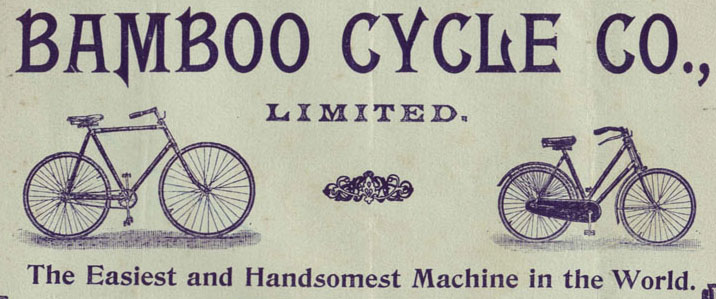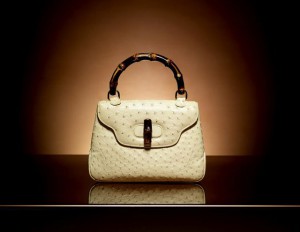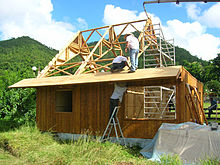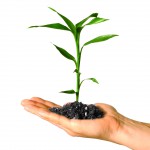The truth is, bamboo has been used by civilizations the world over for centuries. It has been used for just about every application we see it used for today, and more, since ancient times. The seemingly new found excitement over bamboo for the future has only become a popular mainstream topic since the Green Revolution began. The past has come full circle to the future!
A Brief History of Bamboo
Bamboo is believed to have had its origins in China.
In Neolithic times, over 2000 years BC, bamboo was used in construction and the bamboo shoots were eaten as part of ancient diets.
During the Han-Dynasty in China, people wrote with brushes on xuan paper made from young bamboo. Xuan paper is still popular today for Chinese calligraphy and paintings.
In 1894 a patent for the first bamboo bicycle was filed in England. They were quite expensive at the time and only aristocrats owned them. Many have survived intact and are still around today!
Gucci manufactured the first bamboo handbag in 1947. The handle and clasps were made out of bamboo and they quickly became a hit.
Bamboo flooring was introduced in the 1990’s but it was a hard sell at the time. Back then, the only bamboo items commonly used in the western world were fishing poles, backscratchers, and chopsticks.
To get a better idea of the popularity and variety of uses of bamboo in the past, here is a quote, written about 100 years ago by William Edgar Geil, an American missionary and explorer in China.
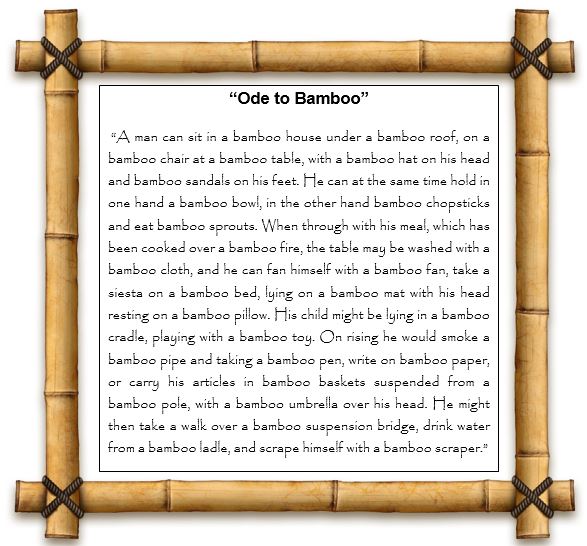
Bamboo Gaining Popularity Today
The Environmental Movement, which started in the 1960’s, has been educating people on the need to halt deforestation, depletion of the ozone, and the importance of using more environmentally sustainable products. For years, environmentalists were viewed as extremist and hippies, often referred to as ‘tree huggers’.
Green living is no longer a niche market. It has become mainstream and consumers are demanding products that are eco-friendly and renewable. As more people all over the world have come on board with this concept, bamboo is an obvious option.
Bamboo, which is actually a giant grass, is now recognized as a viable, sustainable, and renewable agricultural product. It can be grown in almost any climate and soil condition. Because of its natural anti-bacterial and anti-fungal properties, there is no need to use pesticides, therefore it is easily grown organically. Bamboo produces greater biomass than trees and 30% more oxygen than a hardwood forest of comparable size.
It has also been proven that bamboo has a tensile strength equal or better than many hardwood trees. Considering that bamboo is full grown and ready to harvest in 3 to 5 years, rather than the 20+ years of most hardwood trees, it is clearly more sustainable. Plus, bamboo continues to send out new shoots, making it infinitely renewable. Unlike hardwood trees that must be cut down for use and a new seed planted, meaning another 20 year wait to harvest.
Knowing that bamboo is a good environmental choice, has led people to explore and become more creative with its use. Today, you can find a plethora of products made from bamboo including kitchen utensils, decorations, furniture, flooring, office products, sheets and clothing, healthy and nutritious bamboo shoots, bamboo liqueur, and much more. The bamboo industry today represents a $25 billion industry!
The Future of Bamboo
All you have to do is look around and start to notice what products are made of bamboo and you will be impressed. With creative minds at work around the world, the future of bamboo is an exciting one! Just about any product you can think of can and will be made from some form of bamboo in the future.
With Bamboo’s tensile strength of 28,000 per square inch, it is becoming more and more popular as a construction material and certified bamboo building products (flooring, plywood, veneers) can now qualify to receive LEED credits from the U.S. Green Building Council. The demand for green building standards will help to increase more innovative uses of bamboo.
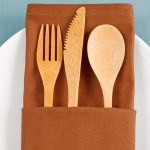 Textiles, cosmetics, paper, cleaning wipes, and molded products that look similar to plastic are being designed and introduced every day. Bamboo is even being made into a charcoal substitute! Market trends point to a bigger and brighter future for the bamboo industry.
Textiles, cosmetics, paper, cleaning wipes, and molded products that look similar to plastic are being designed and introduced every day. Bamboo is even being made into a charcoal substitute! Market trends point to a bigger and brighter future for the bamboo industry.
Just like William Edgar Geil said in his “Ode to Bamboo” over 100 years ago, you may have an entire house in the future in which almost every part of it is somehow derived from bamboo.
The only question I see is, with the ever growing popularity of bamboo and its multitude of products, will there be enough farms to supply the demand?
Subscribe to my newsletter to get updates of new and innovative bamboo products as I find them!

